Jeongdong Culture Night (정동야행)
537.6416962818814m 15558 2024-04-25
99 Sejong-daero, Jung-gu, Seoul
+82-2-3396-4625
Jeongdong Culture Night is dedicated to promoting the history and culture of Jeongdong, a neighborhood in Jung-gu, Seoul. The festival programs allow participants to understand how the history is connected to today's culture and offers an opportunity to view Jeongdong's cultural facilities in a different perspective.
Larva Town (라바타운)
543.2396530703143m 3795 2022-12-23
1, Gyeonghuigung 1-gil, Jongno-gu, Seoul
+82-70-4609-6492
Larva Town is divided into areas of three different themes: TUBAn Yard, TUBAn Goods, and Cafe Wingcle. TUBAn Yard greets visitors with animation character Larva dressed up as a gatekeeper from the Joseon dynasty along with other amusing sculptures that serve as excellent props for taking souvenir photos. The yard is open to public, welcoming any passerby to stop by and relax. As for TUBAn Goods, the shop is filled with character merchandise targeted towards consumers of diverse age range. Featured characters include TUBAn's iconic Larva, Dinocore, and Wingcle. After looking around TUBAn Yard and TUBAn Goods, visitors can stop by Cafe Wingcle where they can enjoy a cup of coffee with dessert surrounded by adorable Wingcle and friends.
Hwangudan Altar (환구단)
548.0488574058683m 16286 2020-05-07
112, Sogong-ro, Jung-gu, Seoul
+82-2-3396-5842
Hwangudan Altar, also called Hwandan Altar, refers to an altar complex for the rite of heaven. The rites were first performed in the Goryeo dynasty by King Seongjong in the first month of 983 (2nd year of his reign), but was repeatedly adopted and abolished, and eventually stopped at the start of the Joseon dynasty.
Then in 1456 (2nd year of King Sejo), the practice was temporarily standardized and the rites were performed at Hwangudan Altar again in 1457. However, rites were again abolished in 1464 (10th year of King Sejo). It wasn’t until 1897 (34th year of King Gojong) when the Joseon dynasty was renamed as the Korean Empire and King Gojong ascended to emperor, that the rite was revived.
Now, Hwangungu Shrine and three stone drums stand at the location of the former altar complex. The three stone drums symbolize the instruments used for the rites. The shrine was completed in 1899, two years after the altar was started in 1897. Today, the Hwangungu Shrine still stands within the hotel grounds of the Westin Chosun Hotel.
Deoksugung Palace Royal Guard Changing Ceremony (덕수궁 왕궁수문장교대의식)
553.4282047269979m 112558 2023-02-22
99, Sejong-daero, Jung-gu, Seoul
• 1330 Travel Hotline: +82-2-1330 (Korean, English, Japanese, Chinese) • For more info: +82-2-737-6444
Deoksugung Palace has held a guard changing ceremony since 1996 after thorough historical research by leading historians. The ceremony, which is held in front of Daehanmun Gate of Deoksugung Palace, is a tradition similar to the Changing of the Guards at Buckingham Palace and offers a rare opportunity to experience royal culture. The royal gate is opened and closed at pre-determined times, and the gatekeepers in charge of guard duty and patrols hold a shift ceremony three times a day.
The Royal Guard Changing Ceremony is a highly recommended event for tourists. It is held three times a day, with each ceremony following the same procedure and lasts for forty minutes to an hour, and the ceremony is free of charge. There are no ceremonies on Mondays as well as on severely cold or hot days.
As the ceremony begins, the changing of the guards commences replete with traditional musical instruments, and exchanges a password for verification. An eight-minute guard ceremony ensues, followed by a seven-minute change ceremony, and finally a patrol that completes the ceremony. The procedure takes a dramatic turn when 18 guards in six official positions beat a drum and bellow some orders.
The Royal Guard Changing Ceremony is a great opportunity to experience a rare traditional scene. The guards’ splendid costumes, with their brilliant primary colors, are a pleasure to view. Once the ceremony is over, visitors can take pictures with the gatekeepers.
HANILKWAN - Gwanghwamun Branch (한일관 광화문)
558.3306422359526m 80 2024-03-18
50, Jong-ro 1-gil, Jongno-gu, Seoul
+82-2-722-7557
It is a store that has been operating with a long tradition since 1939. This Korean dishes restaurant is located in Jongno-gu, Seoul. The most famous menu is bulgogi.
RADOST (라도스트)
572.4582862588412m 147 2021-03-22
17, Ujeongguk-ro, 2-gil, Jongno-gu, Seoul
+82-2-734-8945
A restaurant frequented by office workers in Jongno after work. The best menu at this restaurant is deep-fried and braised boneless chicken. This Korean dishes restaurant is located in Jongno-gu, Seoul.
Machyomara (마쵸마라)
575.117649148989m 122 2021-03-22
5, Jong-ro, 8-gil, Jongno-gu, Seoul
+82-2-737-8886
A place selling maratang (mala soup), which is popular among Koreans who like spicy food. The best menu at this restaurant is mala soup. This Chinese (cuisine) restaurant is located in Jongno-gu, Seoul.
Seoul Former Russian Legation (서울 구 러시아공사관)
576.9902204700337m 12737 2020-06-18
21-18, Jeongdong-gil, Jung-gu, Seoul
+82-2-3396-5882
The Russian Legation was built in a Renaissance style in 1890. Russian architect, A. J. Scredin Sabatine designed the structure. In 1895, during the Joseon dynasty, the Eulmisabyeon Incident took place as a show of force by the Japanese.
Empress Myeongseong-hwanghu was emerging as a strong figure in Korea at a time when a power struggle between Japan, China, Russia, and other powers were taking place. Japanese Minister, Miura Goro saw her as a threat and ordered her assassination. After hearing news of the Empress’s assassination, King Gojong and the Crown Prince sought refuge in the Russian Embassy for one year.
After 1945, the Soviet Union took over the embassy until it was almost completely destroyed by a fire during the Korean War [1950~1953]. The only remaining parts of the building are the tower and basement areas. The building was restored to its current condition in 1973 and is now enjoyed by many as a public park.
Jogyesa Temple (조계사)
578.9591407869383m 256807 2024-01-05
55 Ujeongguk-ro, Jongno-gu, Seoul
As the main temple as well as the district head temple of the Jogye order in Seoul, Jogyesa Temple is the center of Korean Buddhism. The temple was built in the late 14th century during the Goryeo period but was completely destroyed in a fire. It was rebuilt under the name of Gakwangsa Temple in 1910 with the effort of many respectful monks, namely Han Yong-un and Lee Hee-gwang. The temple was given a role as the head temple of Korea’s Buddhism and renamed to Tegosa Temple in 1936. In 1954, a purification drive took place to eliminate Japanese influence and revive traditional Buddhism, which established the present day Jogyesa Temple as a result.
Jogyesa Temple plays an important role in Korean Buddhism as the head temple of the Jogye order. Jogyesa Temple’s Dharma Hall serves as the main venue for several Buddhist events, holding rituals, lectures, ceremonies, and other events all year long. The annual lantern festival in celebration of Buddha's birthday also takes place at this temple.
Hotel The Plaza (플라자호텔)
578.1093259274118m 30772 2019-02-07
119, Sogong-ro, Jung-gu, Seoul
+82-2-771-2200
The hotel is ideally situated in the center of Seoul, located close to many office areas, major banks, the hotel, and the city's main public transportation junctions. Namdaemun Gate and many shopping areas are not too far, making it convenient for business guests and tourists alike. Also, the hotel faces the Blue House and the former City Hall building directly at closer distance, completing a spectacular view over Seoul.
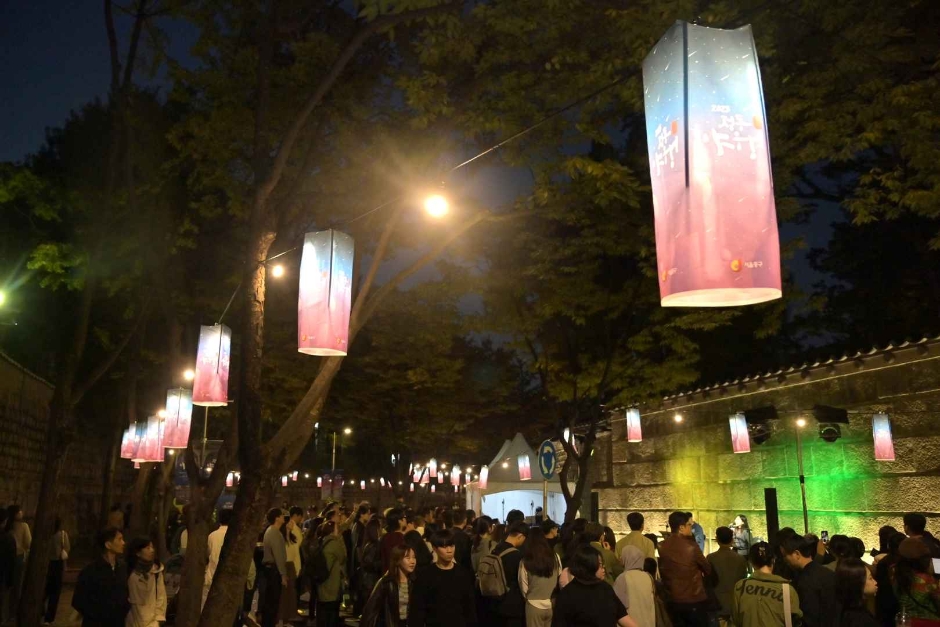
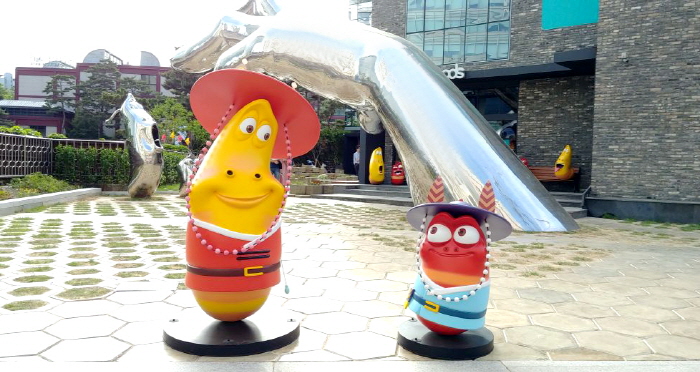
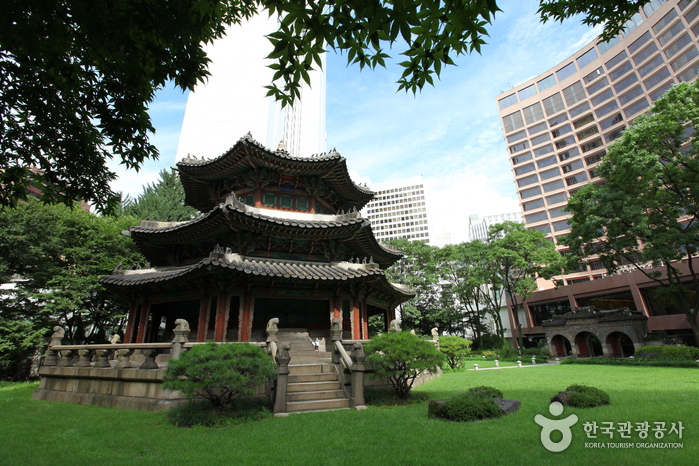
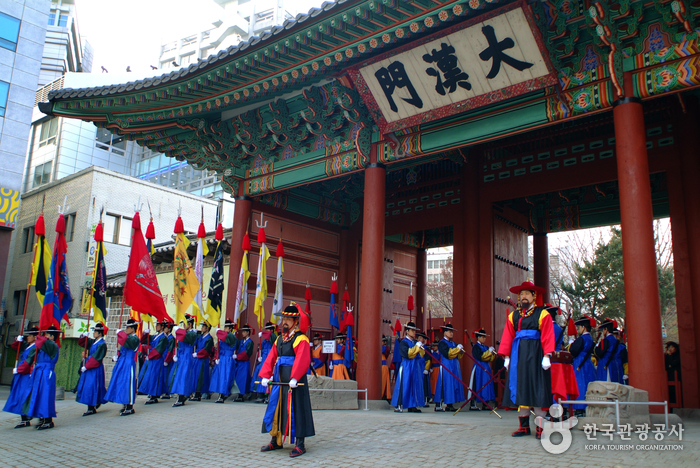

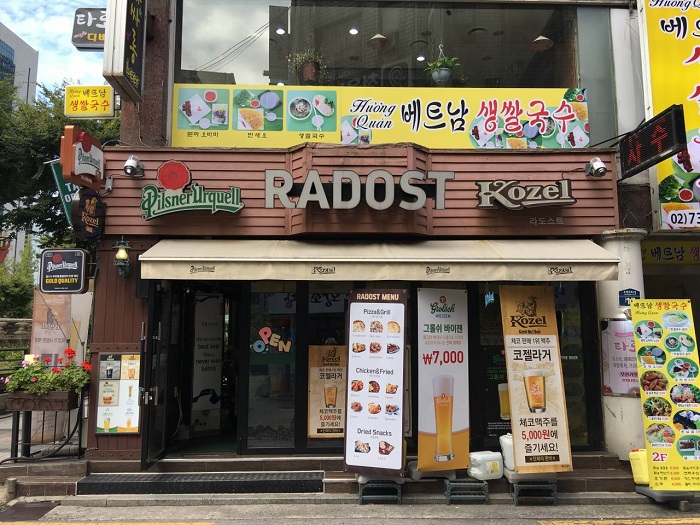
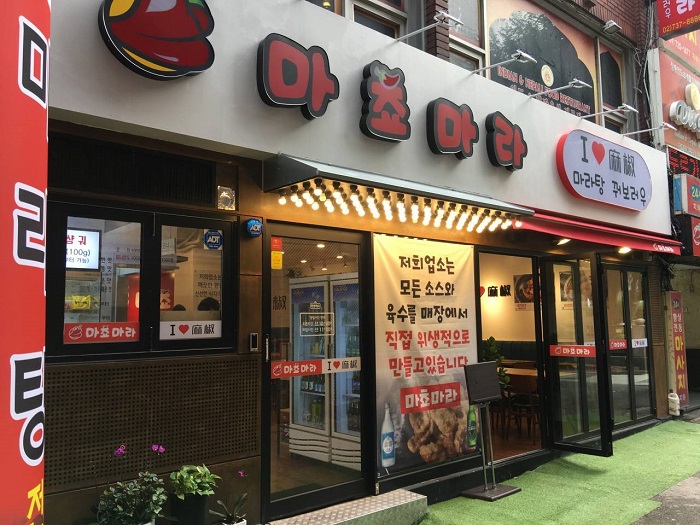
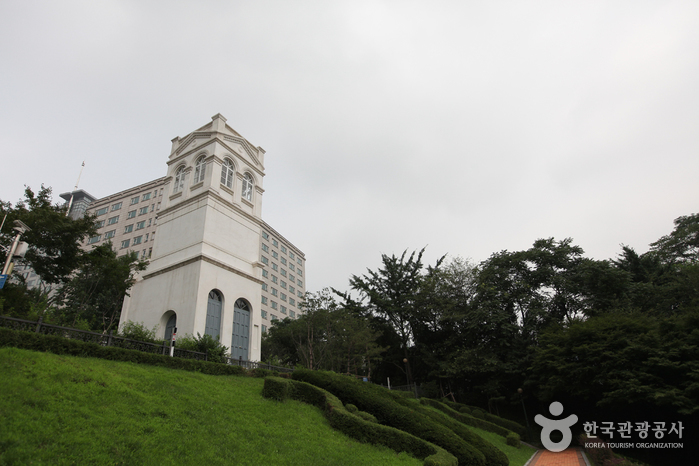
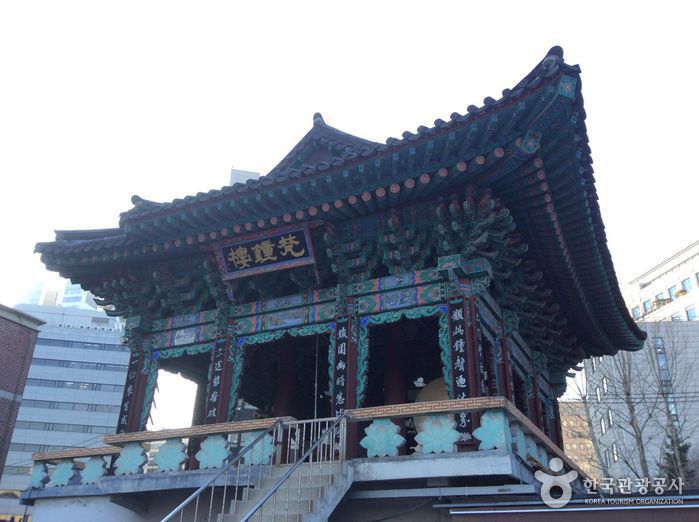
 English
English
 한국어
한국어 日本語
日本語 中文(简体)
中文(简体) Deutsch
Deutsch Français
Français Español
Español Русский
Русский